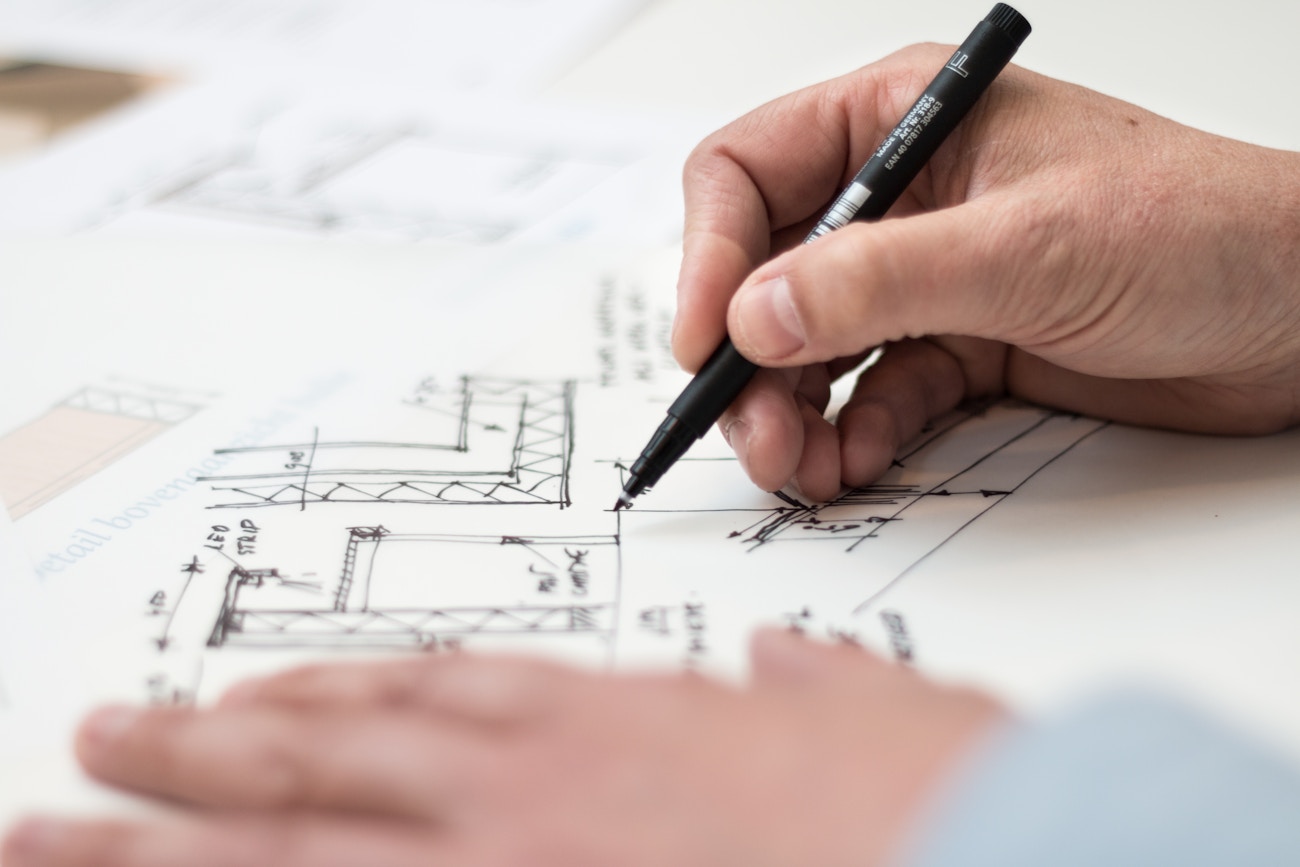
Where To Begin With Architectural Lighting Design?
Good architectural lighting design can really enhance your home. In fact, it can turn your home into an experience every time you enter it. Here's where to begin with architectural lighting design.
Blog

Author: Greg Devenish
Have you ever entered a room and felt instantly relaxed? If so, you can probably thank the lighting designer. Good architectural lighting design is responsible for more than just making things look pretty. It can help define a space, improve functions, and can even boost our moods.
It’s not as simple as installing an LED strip to your ceiling though. Effective architectural lighting designers study the art of lighting for years, have an eye for design, and know the science behind good lighting.
To help you get to grips with lighting and understand what’s involved in a successful project, we’ve covered the integral rules of good architectural lighting design.
Many assume lighting should be done once you know what you need to light up, but it’s actually the opposite. In order to achieve a superior lighting scheme, the lighting must be considered during the initial design phase.
Right from the green light, you should have your architect and lighting designer work closely together. This way, you can ensure each aspect of every room is being discussed thoroughly for the best possible outcome. Lighting is an integral part of the room’s look. It shouldn’t be an afterthought.

Using bright, concentrated light in certain areas of a room can cause glare, making pupils dilate. This results in the surrounding area appearing darker than expected.
To create a comfortable, well-lit space, it’s important to place lights in several key areas around a room. Following this will help eliminate dark corners, highlight architectural features and prevent the need to hunt for a light source that can do it all.

The key to getting your lighting right isn’t about how bright your space is, but how much contrast is created between the important features of each room. For example, in a living room, you may focus on highlighting artwork on the wall, the book you’re reading, and the fireplace in the corner. While a movie theatre would benefit from low-level seat number and exit lighting. For a kitchen, you’ll want to direct light onto your countertops for maximum visibility to ensure safety during food preparation.
In short, you must ensure light is directed to where it most matters.

Colour temperature in lighting is often overlooked, but it’s highly important. Not only does it determine how you space looks, but also impacts the way you and others feel.
The colour temperature of your light should be chosen based on where and why you need it. For instance, warm light (around 2700 to 3000k) is ideal for home environments. This creates an almost yellow glow for a cosy and friendly environment for you and your family to relax in. On the other hand, an office benefits from cooler lighting (around 3500 to 5500k) to help eliminate contrast and increase concentration.
For more information on this topic, take a look at one of our recent blogs where we explore the use of colour temperature in lighting design further.

As experts in architectural lighting design, we have the experience and knowledge needed to transform your space. We collaborate with architects, electricians, interior designers, developers, audio visual specialists, and other professionals to deliver superior lighting schemes in Hampshire and the surrounding counties. Whether you’re looking to light a single room, full building, or a new build, book your complimentary design consultation today and see how Hampshire Light could enrich your project with opulent lighting.
Good architectural lighting design can really enhance your home. In fact, it can turn your home into an experience every time you enter it. Here's where to begin with architectural lighting design.
More info
Check out the bespoke lighting design we created for Silverlining Furniture for their exhibition stand at the Monaco Yacht Show 2018. Read more to understand our techniques.
More info